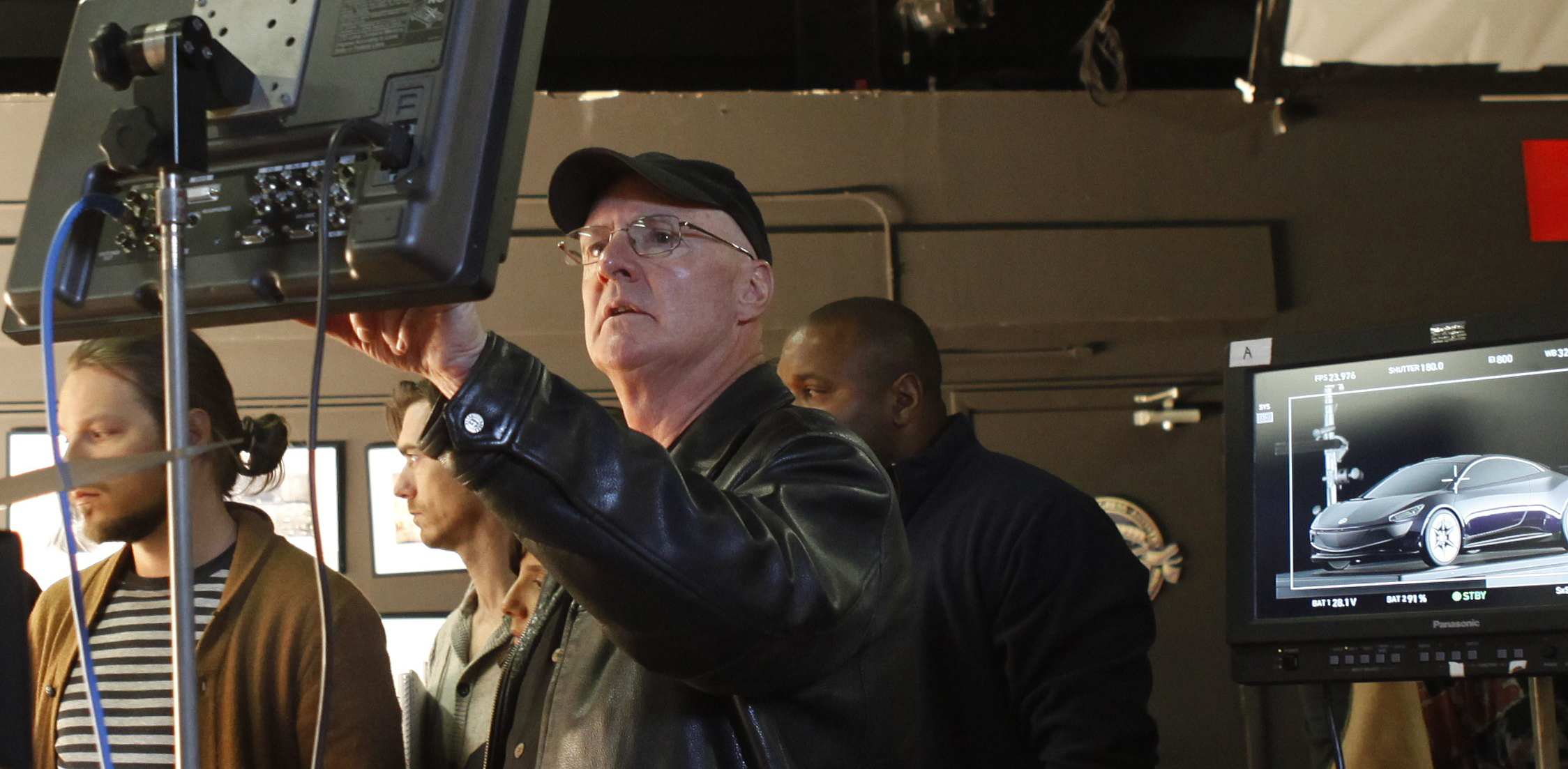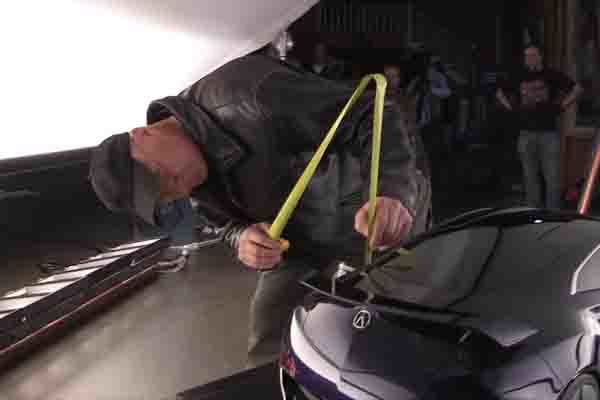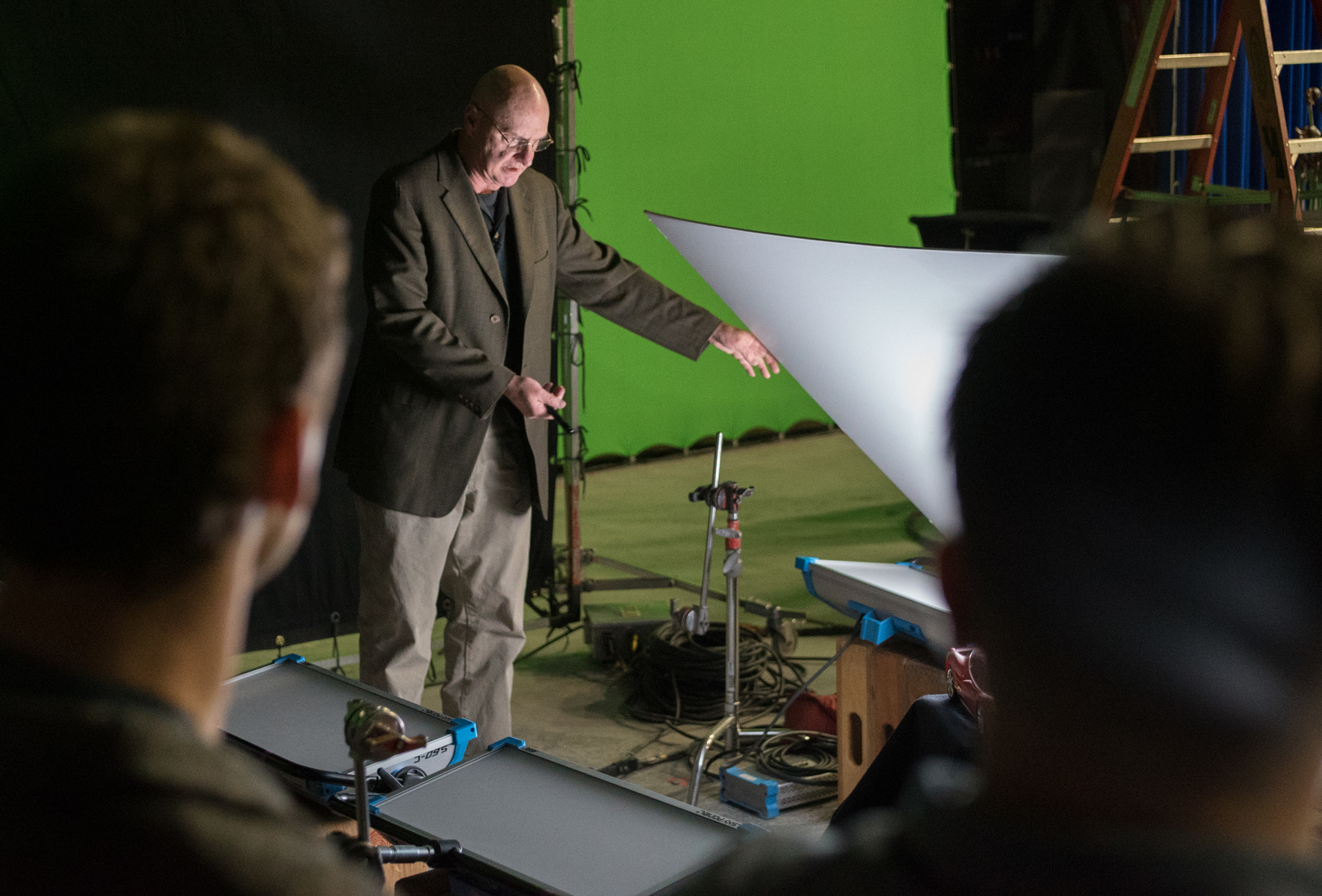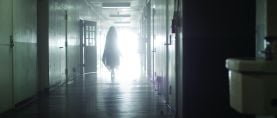
Car Talk — Employing Reflections in Lighting Automobiles
Bill Bennett, ASC offers tips and tricks for making the most of specular highlights while shooting automotive spots.
Tips and tricks for making the most of specular highlights while shooting automotive spots.

Having photographed hundreds of car commercials throughout his career, cinematographer Bill Bennett, ASC has mastered the art of the specular reflection. Here, he offers tips and tricks for making the most of specular highlights.
• “When lighting automobiles on stage, we do not use point-source lights, but rather use really large white surfaces — sometimes as large as 30 by 60 feet — that we illuminate, and then we reflect those surfaces on the car. The same idea holds true when shooting ‘beauty shots’ of cars outside. We wait until the sun has dropped below the horizon, and then shoot the car illuminated by the reflection of the smooth evening sky.”
• “For shooting smaller objects, like shiny products you can hold in your hand, you can use commercially available tabletop product shooting tents, which are made from a diffuse white material that you light from the outside, creating an even, smooth white source to reflect on the object.”

• “If a light source creates a specular highlight on the car’s surface that you don’t want to see, you might try cutting the light near the source, with a grip flag, dot or whatever works. Or, you might move the object you are shooting into open shade, where a building, hill or other object blocks the direct point-source light.”
• “When there is a point source of light causing a specular highlight on the car’s surface that we want to remove and cutting it doesn’t work, use Dulling Spray — or a product called Streaks ’n Tips [a temporary hair color in a spray can, available in many colors, including white, black and many shades of brown] — to diffuse the reflective surface where the highlight is seen by the camera. Both are water-soluble and can be easily washed off with soap and water when you are done, without damaging the car’s surface.”
• “Another use for Streaks ’n Tips is when you need to make an edge highlight on a curved, shiny object, like the roof of a car, but you don’t have the space or time to place a reflective light source. While watching the shot on a monitor, have an art-department person ‘ghost’ a light spray of white onto the area that is the ‘horizon,’ where that surface curves out of sight. This will create a fake yet highly realistic-looking smooth white reflection along that edge. If this ‘reflection’ is too bright, you can then tone it down with a second, lighter layer of light-brown spray.”
• “Sometimes the specular highlight is emitted by the product itself. Most cars today have daytime running lights on the front that are illuminated in the daytime when the car is running, even when it is parked. Sometimes the client wants the DRLs to be on when shooting the static beauty shot at magic hour at the end of the day. As the sunset progresses toward darkness and the ambient light becomes less, you open up the iris on your lens to compensate, and the DRLs become brighter relative to the ambient skylight reflecting on the car. At some point, the DRLs start clipping to white on the sensor, looking altogether too bright for the shot. Solutions are to spray white or brown Streaks ’n Tips directly on the light’s surface, thereby dimming it, while using blue painter’s tape to keep the spray off the car body. Or, lacking that, you can place white translucent paper tape on the surface of the lamp itself. That dims it, but the lamp is still so bright the camera won’t see the white tape.”
You'll learn much more about Bennett’s approach in this short video:



